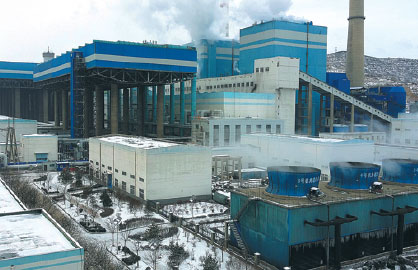Shanxi digs deep to eradicate coal overcapacity
Updated: 2016-04-01 08:10
By Zhang Zhouxiang and Sun Ruisheng(China Daily)
|
||||||||
The province is adopting new measures to make the industry more efficient, while promoting environmental protection. Zhang Zhouxiang and Sun Ruisheng report from Taiyuan.
In this year's Government Work Report, Premier Li Keqiang specifically referred to the elimination of overcapacity in the coal industry.
"We have cut overcapacity and encouraged business acquisitions and restructuring," he said, listing coal and steel as examples.
The northern province of Shanxi must be under the heaviest pressure of all China's provinces, municipalities and autonomous regions. Having produced more than 25 percent of the nation's 3.6 billion metric tons of coal last year, Shanxi faces the task of cutting overcapacity, and also the heavy pressure of reversing the trend of slowing economic growth.
The burden is especially heavy because in his annual provincial Government Work Report, provincial Governor Li Xiaopeng set a GDP growth target of 6 percent for this year, almost double that of last year, when the figure was 3.1 percent, ranking Shanxi as 30th out of the country's 31 provincial-level economies.
The decline in the price of coal, one of the primary causes of Shanxi's economic slowdown, is expected to continue. The retail price remains as low as 190 yuan ($29) per ton in the province, almost 100 yuan lower than the cost of producing each ton.
Residents are now asking two fundamental questions: How will Shanxi survive, and can its coal industry handle the twin tasks of generating income while simultaneously cutting pollution?
Last year, Xishan Coal Electricity Group in Taiyuan, the provincial capital, was one of the few coal producers in Shanxi to make a profit, a fact that may offer food for thought, according to experts.
The company's third-quarter profit was 99.5 million yuan, more than four times higher than in 2014. The Gujiao Power Plant, the company's main profit generator, is pioneering the comprehensive use of coal to reduce costs and widen the profit margin.
Use of byproducts
"One of the main causes of Shanxi's low efficiency in the past was that we only made use of a small part of the coal we dug," said Wang Ziqiang, director of the Gujiao Power Plant. "The major part was thrown away as waste."
After extraction, coal is sorted into three groups: steam, or high-quality, coal, containing more than 22,990 joules - the basic unit of energy - of heat per kilogram; medium-quality coal, containing 18,810 joules per kg; and gangue, which is essentially worthless.
Generally, every kilogram of raw coal contains more than 0.3 kg of steam coal, more than 0.6 kg of medium-quality coal and less than 0.05 kg of gangue.
"Steam coal was welcomed by all customers, but the rest, including medium-quality coal, was treated as garbage," Wang said. "Instead of making money from it, the coal mine had to spend money to bury it; the process also polluted the environment."
The environmental cost was acceptable when coal-mining was profitable and environmental standards were low. However, the necessity of recycling coal by products was high-lighted as the retail price of coal fell below the cost of extraction and as environmental pressures increased.
For the first phase of the program, the Gujiao plant started generating electricity from medium-quality coal that would otherwise be discarded. Last year alone, the plant used 3 million tons extracted by coal mines affiliated to Xishan.
The coal powered two generators, each with an installed capacity of 300,000 megawatts, enough to support a city with a population of 2 million. In the second and third phases of the program, two 600,000-mW generators and two 660,000-mW generators will be built.
"Generating electricity with the byproducts of coal-mining is an inevitable trend for China," said Han Xiaoping, chief researcher at china5e, an energy information website. "In Denmark, all coal mines have been running thermal power plants since 2002."
Reusing heat
The idea of building thermal power plants close to coal mines is not new, but Wang and his team have taken things a further step forward by recycling the byproducts in the power plant.
Thermal power plants heat water to 670 C to turn turbines and generate electricity. After that, the vapor becomes water again, but it remains at 60 C to 70 C and so it must be cooled before it re-enters the boiler.
The cooling process consumes large amounts of water; for example, a power plant the size of Gujiao needs at least 50,000 tons every day.
"The old philosophy was 'cooling down' the steam," Wang said. "We tried to improve efficiency, but heat was still wasted and efficiency was as low as 50 percent."
In 2015, the plant's management started using the steam to provide central heating for residents, and started an experiment in Gujiao, an industrial county spread over 8 million square meters. After connecting their pipes to those of local central heating companies, Wang's power plant covered 6 million sq m, and the figure is expected to rise to 8 million sq m this year.
"We sell to the heating companies at 20 percent below the usual cost, because for us heat is a byproduct, too," Wang said. "That's mutually beneficial - our efficiency has been raised to higher than 99 percent."
This year, the plant's management plans to cover 50 million sq m, almost half of Taiyuan's 110 million sq m of residential houses that need central heating. "That means a lot of work laying pipes," he said, with a smile. "I hope Taiyuan residents will be able to use our heat as soon as possible."
Zhang Youxi, chairman of the board at the Datong Coal Mine Group, said his company is developing multiple coal-related businesses, such as thermal power plants, to make use of the byproducts of coal mining.
When burned to generate electricity, particles in the coal become fly ash, the main byproduct of thermal power plants.
"The usual practice is dumping, but that's a bad choice," Wang said. "It takes up too much space, contaminates the environment and requires a lot of labor to dig the holes."
In 2013, the power plant signed a cooperative agreement with a construction materials factory, which established a facility near the power plant to produce cement and plaster from the desulfurized ashes.
"Fly ash is a good material for producing plaster and cement", said Han from china5e. "It saves water and makes the products tougher and longer-lasting."
Gujiao supplies the factory with 2 million tons of fly ash every year. However, last year, its sales declined as the real estate market contracted.
"We had to wipe out their 2015 debt to us - 3.5 million yuan in total," Wang said. "But still, it's good business because otherwise we would have had to spend an extra 800,000 yuan to deal with the fly ash. We also helped to protect the environment."
Sustainability
While the cost of medium-quality coal used at Wang's power plant is reasonable because it is a byproduct of mining, the company sought to cut costs even further. So, a 7-km-long subterranean conveyor belt was built to carry the coal from the sorting sheds to the power plant. The transportation costs can be as low as 0.01 yuan per kg.
Last year, the company purchased coal from associated mines at protected prices, almost three times lower than the market price, which helped them earn 800 million yuan.
It also sold electricity to other companies at below-market prices, thanks to the reasonably low costs.
The price gap is very important for factories, according to Li Dongyang, an engineer from the Changjiang Institute of Survey, Planning, Design and Research, who has worked with many steel plants.
"Take the steel plant as an example: A high-efficiency plant needs 500 kilowatt-hours of electricity to produce a ton of steel," he said. "Domestic giants produce dozens of millions of tons every year. If a factory can get cheaper electricity, it means a huge profit margin."
Wu Huatai, board chairman of Shanxi Coking Coal Group, the parent of Xishan, said change is inevitable: "If a coal enterprise clings to the old mode of only using high-quality coal, it will barely survive in today's market. The comprehensive, total use of coal is an irresistible trend."
Future outlook
Gujiao's method is just one of several ways of using coal comprehensively. The Datong Coal Mine Group has been developing thermal plants that use medium-grade coal, too, while also using the extra heat and fly ashes in its aluminum factories. Wang Jianguo, director and chief researcher at the Chinese Academy of Sciences' Institute of Coal Chemistry, said the institute has been researching how to extract gasoline from coal.
"Coal still plays a dominant role in China's energy structure and we must use it in a cleaner way to cut carbon emissions," he said. "Some people may question the additional costs, but if we do not spend money promoting the cleaner use of coal, we will have to spend money on curbing air pollution and fighting climate change in the future."
Contact the writers through zhangzhouxiang@chinadaily.com.cn


|
A view of the Gujiao Power Plant in Taiyuan, Shanxi province. Sun Ruisheng / China Daily |
(China Daily 04/01/2016 page6)
- Cypriot court remands in custody man suspected of hijacking EgyptAir flight
- Govt eyes luxury tourists amid concerns over safety
- Sleep tight and don't let sharks bite at Paris aquarium
- Aung San Suu Kyi appointed as Myanmar's new foreign minister
- Hollande promises to tighten Euro 2016 security
- US officials applaud China for nuclear cooperation
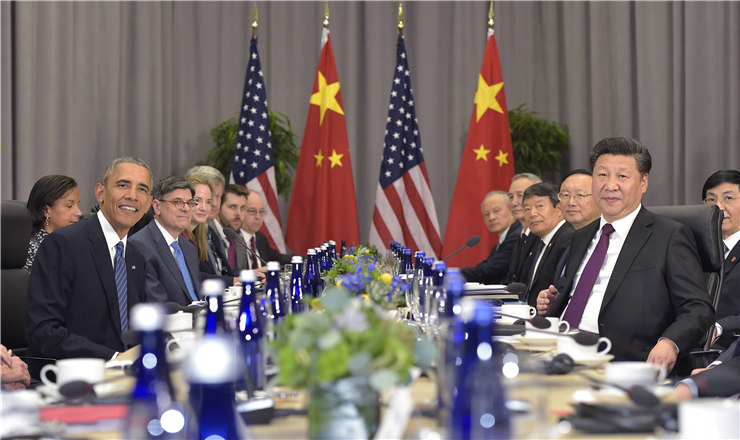
 Xi tells Obama disputes should avoid misunderstandings
Xi tells Obama disputes should avoid misunderstandings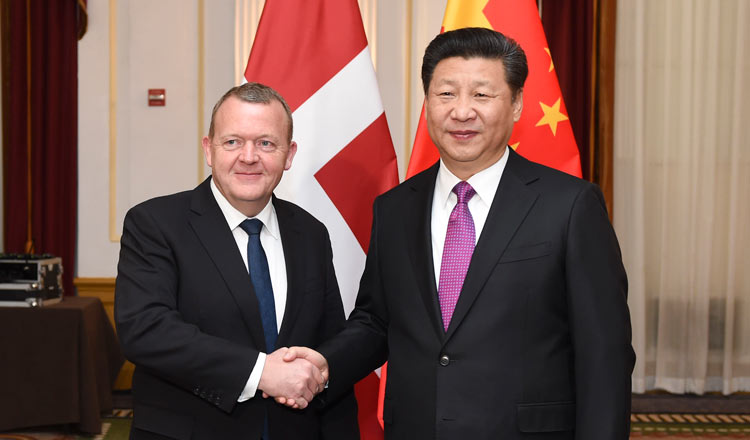
 Xi calls for bigger progress in China-Denmark ties
Xi calls for bigger progress in China-Denmark ties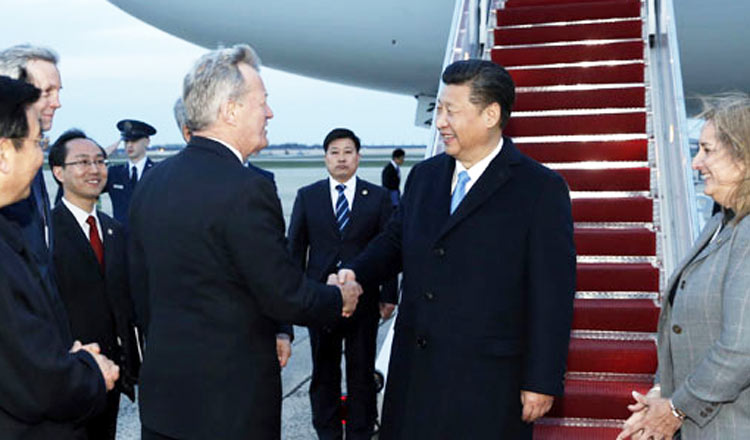
 Chinese president arrives in Washington for Nuclear Security Summit
Chinese president arrives in Washington for Nuclear Security Summit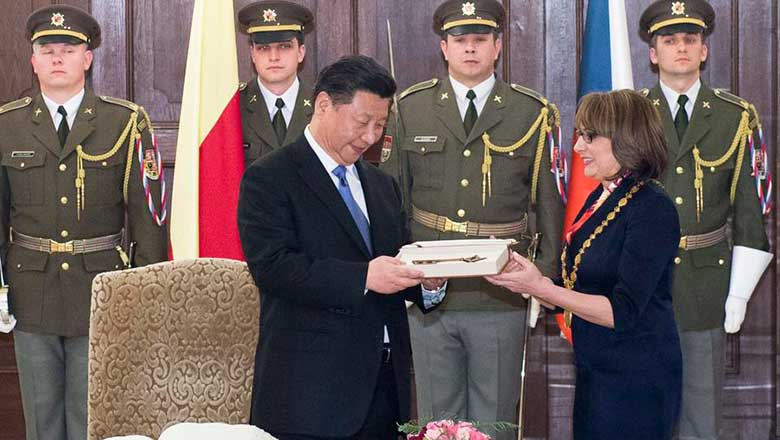
 President Xi presented with 'key to Prague'
President Xi presented with 'key to Prague'
 China move into the final stage of Asia qualifiers after 15 years
China move into the final stage of Asia qualifiers after 15 years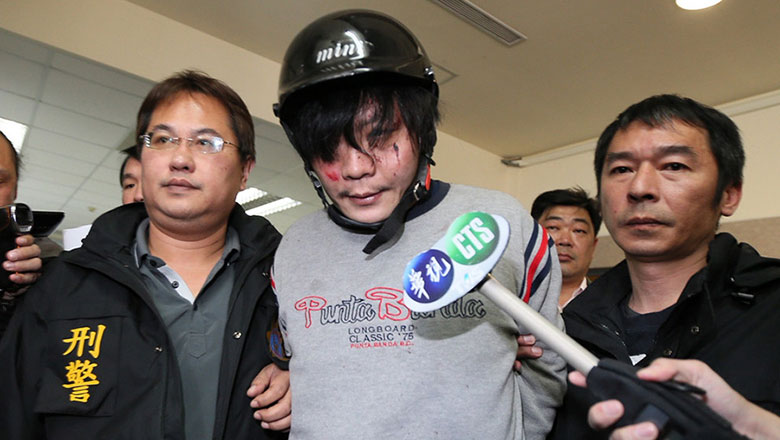
 Grief, anger engulf Taiwan as suspected killer of girl arrested
Grief, anger engulf Taiwan as suspected killer of girl arrested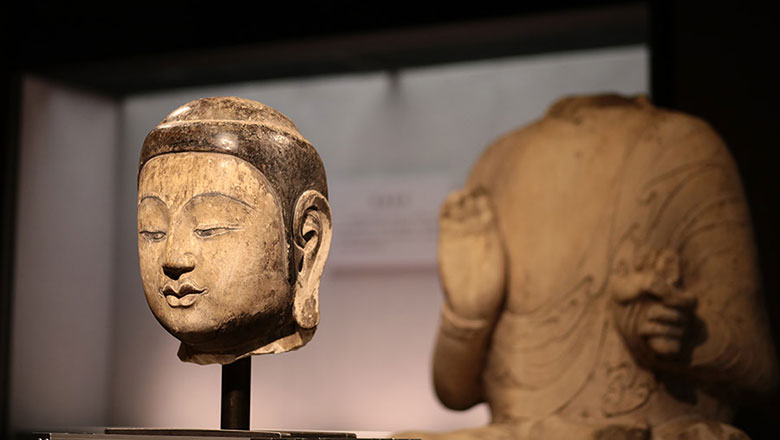
 Stolen Buddha statue head arrives in Hebei museum
Stolen Buddha statue head arrives in Hebei museum
 Top 10 best-selling beers in the world
Top 10 best-selling beers in the world
Most Viewed
Editor's Picks

|

|

|

|

|

|
Today's Top News
Marriott unlikely to top Anbang offer for Starwood: Observers
Chinese biopharma debuts on Nasdaq
What ends Jeb Bush's White House hopes
Investigation for Nicolas's campaign
Will US-ASEAN meeting be good for region?
Accentuate the positive in Sino-US relations
Dangerous games on peninsula will have no winner
National Art Museum showing 400 puppets in new exhibition
US Weekly

|

|
